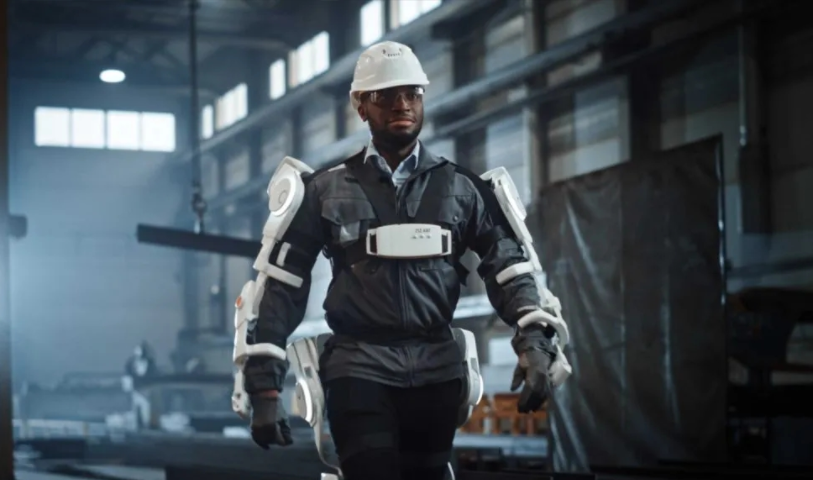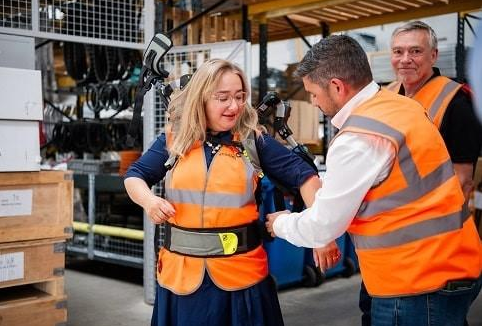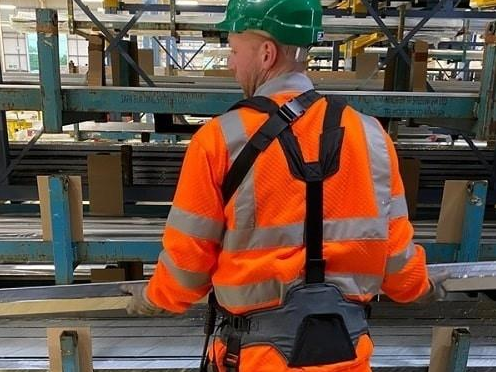A significant trend dominating the professional workwear sector is the rapid integration of smart technology and connected garments, moving beyond basic functionality into proactive safety and health monitoring. A key recent development is the advancement of workwear embedded with sensors designed to enhance worker safety in high-risk industries like construction, logistics, and oil and gas.
Major international brands and tech startups are launching vests and jackets equipped with a suite of sensors. These garments can now continuously monitor a worker’s vital signs, such as heart rate and body temperature, to detect early signs of heat stress or fatigue. Furthermore, they are being integrated with environmental sensors that can detect hazardous gas leaks or low oxygen levels, triggering immediate localized alarms on the garment itself. Perhaps most innovatively, this gear often includes proximity sensors that alert the wearer—via haptic feedback like vibrations—when they are too close to moving machinery or vehicles, a leading cause of onsite accidents.
This shift is a major talking point as it represents a move from passive protection to active, data-driven prevention. The collected data is anonymized and analyzed to improve overall site safety protocols. While the initial investment is high, the potential to drastically reduce workplace injuries and save lives is making this a hottest and most discussed innovation in the global workwear market today.
Post time: Sep-19-2025








